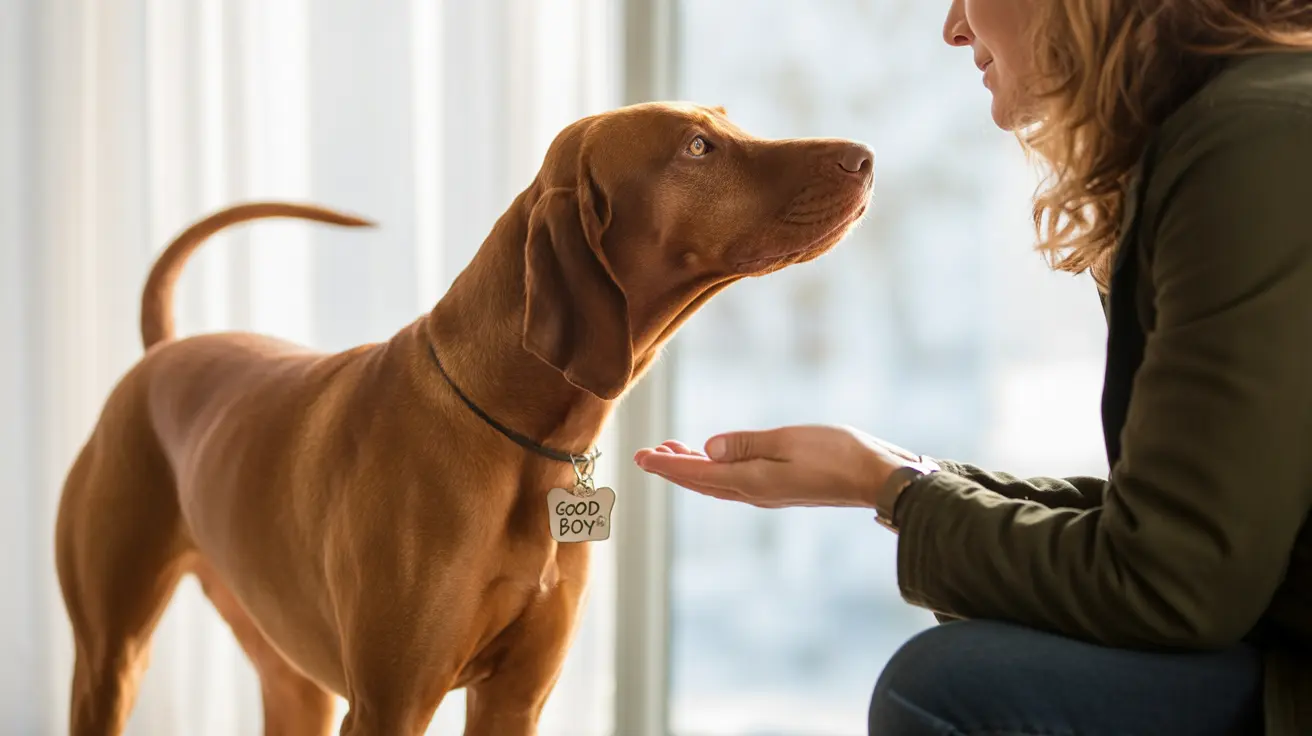What Makes a Dog Breed "Clingy"?
Clingy dog breeds, often called Velcro dogs, display distinct behavioral patterns that set them apart from more independent canines. These dogs typically follow their owners from room to room, maintain constant physical contact, and show visible distress when separated from their favorite humans.
This attachment behavior often stems from their historical breeding purposes. Many clingy breeds were originally developed for tasks requiring close human collaboration, such as herding, hunting, or personal protection.
Top 15 Clingy Dog Breeds
1. Vizsla - The Ultimate Velcro Dog
Known as the quintessential Velcro dog, Vizslas are famous for their intense need for physical contact and emotional connection with their owners. These Hungarian hunting dogs will literally try to merge with their humans if given the chance.
2. German Shepherd
While strong and independent in their working roles, German Shepherds form incredibly deep bonds with their families and can become extremely attached to their primary caregiver.
3. Labrador Retriever
These beloved family dogs are notorious for their friendly, outgoing nature and their desire to be involved in every aspect of family life, from cooking to bathroom visits.
4. Border Collie
Highly intelligent and naturally attentive, Border Collies transfer their herding instincts into monitoring their human family members' every move.
5. Australian Shepherd
These energetic herders need to be involved in everything their family does, making them one of the most devoted and clingy dog breeds.
Managing Clingy Dog Behavior
While the devotion of these breeds can be heartwarming, it's essential to establish healthy boundaries and prevent separation anxiety. Here are key strategies:
- Establish a consistent routine
- Practice gradual separation training
- Provide mental stimulation and exercise
- Create a safe space for alone time
- Consider professional training if needed
Health Implications of Clingy Behavior
While some clinginess is breed-characteristic, excessive attachment can lead to behavioral issues and stress-related health problems. Watch for signs of unhealthy attachment, such as destructive behavior, excessive barking, or house-soiling when left alone.
Choosing the Right Clingy Dog Breed
Before adopting a known clingy dog breed, assess your lifestyle and ability to meet these dogs' emotional needs. Consider factors like:
- Work schedule and time at home
- Family dynamics
- Living space
- Exercise capabilities
- Tolerance for constant companionship
Frequently Asked Questions
Which dog breeds are known as the most clingy or Velcro dogs that follow their owners everywhere?
The Vizsla is widely recognized as the ultimate Velcro dog, followed closely by German Shepherds, Labrador Retrievers, and Border Collies. These breeds are known for their intense attachment and tendency to follow their owners constantly.
Why do certain dog breeds develop clingy or Velcro behaviors with their owners?
This behavior often stems from their breeding history for tasks requiring close human interaction, such as herding or hunting. Additionally, some breeds were specifically developed for companionship, leading to genetic predispositions for attachment.
How can I tell if my clingy dog has separation anxiety or just strong attachment?
While strong attachment is normal for certain breeds, separation anxiety involves excessive distress when left alone, often manifesting in destructive behavior, excessive vocalization, or house-soiling. Consult a veterinarian if you notice these symptoms.
What are effective ways to manage and train a clingy Velcro dog to be more independent?
Implement gradual separation training, establish consistent routines, provide mental stimulation, and create positive associations with alone time. Professional training can help develop healthy independence while maintaining the loving bond.
Are clingy dog breeds suitable for owners who work long hours or travel frequently?
These breeds typically aren't ideal for people with long absences from home. They require significant daily interaction and can develop behavioral issues if left alone extensively. Consider a dog walker or daycare if you have a demanding schedule.






